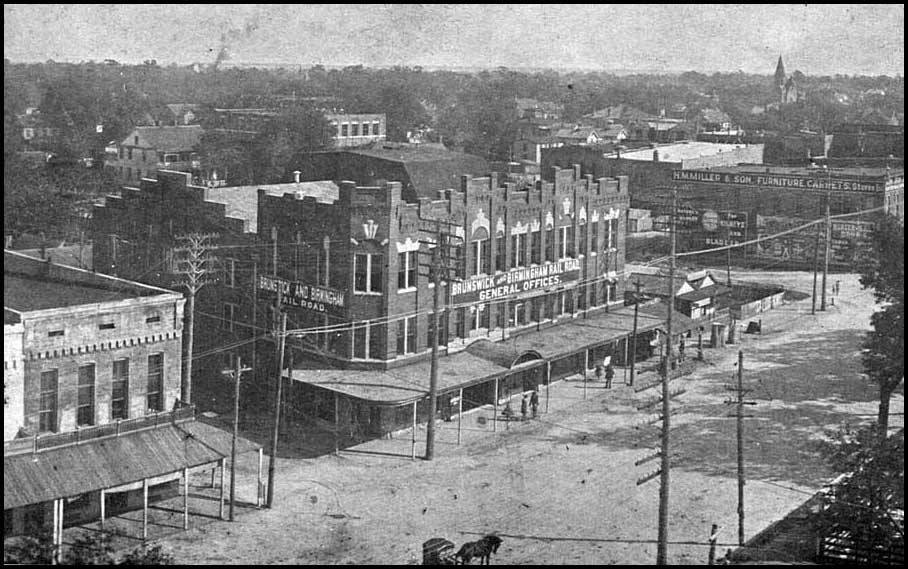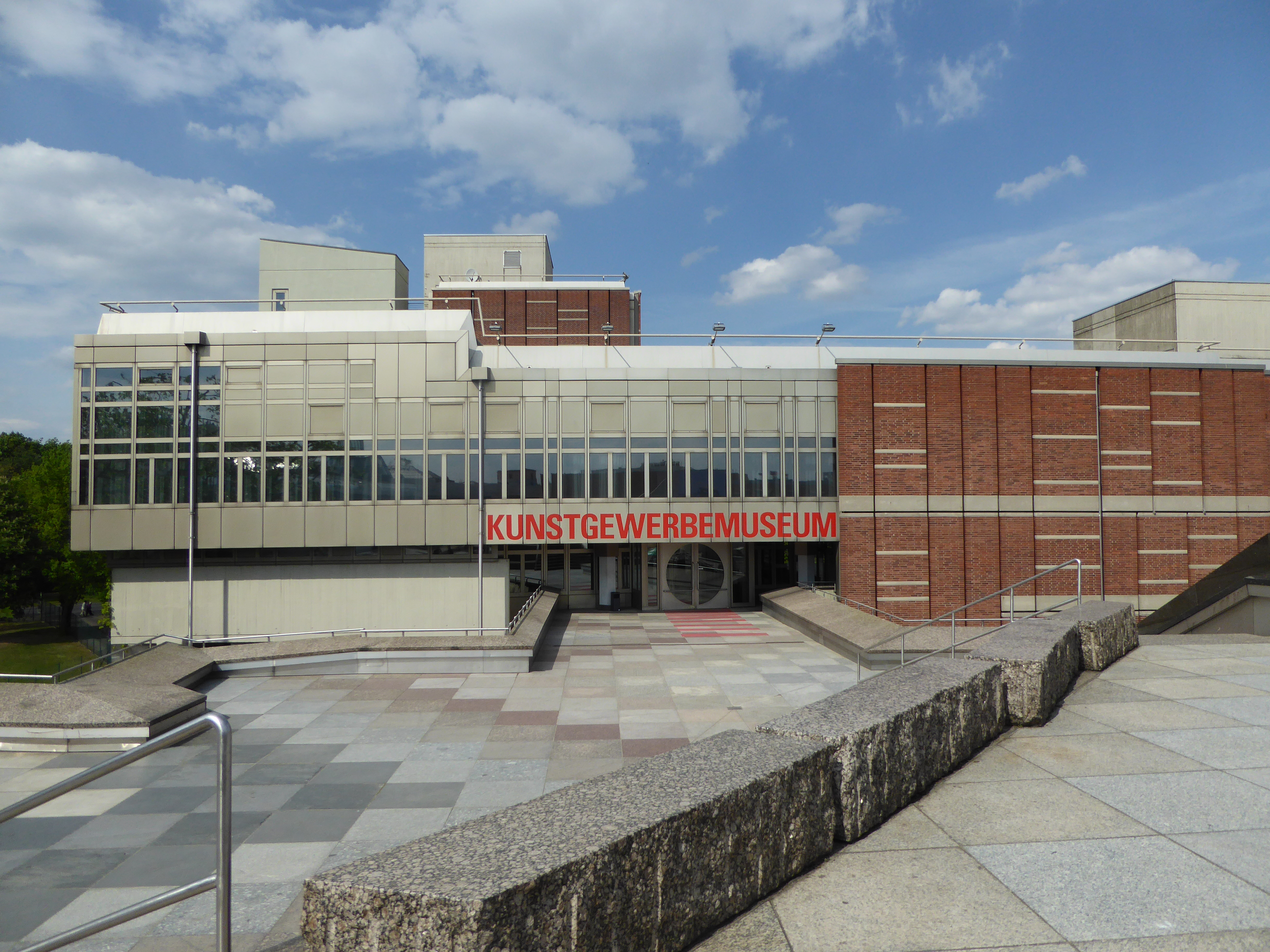|
Guelph Treasure
The Guelph Treasure (German: ''Welfenschatz'') is a collection of medieval ecclesiastical art originally housed at Brunswick Cathedral in Braunschweig, Germany. The Treasure takes its name from the princely House of Welf, House of Guelph (German: ''Welf'') of Brunswick-Lüneburg. In October 1929, the Treasure, consisting of 82 pieces, was sold by the former Duke of Brunswick to a consortium of Jewish art dealers. In 1935, in the Netherlands, they sold its major portion to agents of Hermann Göring, the second most powerful man in Nazi Germany. After World War II, the art dealers' heirs unsuccessfully sought the restitution of the treasure. In Germany, the Limbach Commission, a government advisory body, found that there were no grounds for restitution, and in the U.S., the Supreme Court ruled in the 2021 case ''Germany v. Philipp, Germany v. Phillipp'' that the U.S. courts had no jurisdiction over the restitution claims. History The Guelph Treasure was originally housed at Brunsw ... [...More Info...] [...Related Items...] OR: [Wikipedia] [Google] [Baidu] |
United States Court Of Appeals For The District Of Columbia Circuit
The United States Court of Appeals for the District of Columbia Circuit (in case citations, D.C. Cir.) is one of the thirteen United States Courts of Appeals. It has the smallest geographical jurisdiction of any of the U.S. federal appellate courts, and covers only one district court: the U.S. District Court for the District of Columbia. It meets at the E. Barrett Prettyman United States Courthouse, near Judiciary Square, Washington, D.C. The D.C. Circuit's prominence and prestige among American federal courts is second only to the U.S. Supreme Court because its geographic jurisdiction contains the U.S. Capitol and the headquarters of many of the U.S. federal government's executive departments and government agencies, and therefore it is the main federal appellate court for many issues of American administrative law and constitutional law. Four of the current nine justices on the Supreme Court were previously judges on the D.C. Circuit including Chief Justice John Roberts, a ... [...More Info...] [...Related Items...] OR: [Wikipedia] [Google] [Baidu] |
Romanesque Art
Romanesque art is the art of Europe from approximately 1000 AD to the rise of the Gothic Art, Gothic style in the 12th century, or later depending on region. The preceding period is known as the Pre-Romanesque period. The term was invented by 19th-century art historians, especially for Romanesque architecture, which retained many basic features of Roman architecture, Roman architectural style – most notably round-headed arches, but also barrel vaults, apses, and Acanthus (ornament), acanthus-leaf decoration – but had also developed many very different characteristics. In Southern France, Spain, and Italy there was an architectural continuity with the Late Antique, but the Romanesque style was the first style to spread across the whole of Catholic Europe, from Sicily to Scandinavia. Romanesque art was also greatly influenced by Byzantine art, especially in painting, and by the anti-classical energy of the decoration of the Insular art of the British Isles. From these element ... [...More Info...] [...Related Items...] OR: [Wikipedia] [Google] [Baidu] |
Medieval Art
The medieval art of the Western world covers a vast scope of time and place, over 1000 years of art in Europe, and at certain periods in Western Asia and Northern Africa. It includes major art movements and periods, national and regional art, genres, revivals, the artists' crafts, and the artists themselves. Art historians attempt to classify medieval art into major periods and styles, often with some difficulty. A generally accepted scheme includes the later phases of Early Christian art, Migration Period art, Byzantine art, Insular art, Pre-Romanesque, Romanesque art, and Gothic art, as well as many other periods within these central styles. In addition, each region, mostly during the period in the process of becoming nations or cultures, had its own distinct artistic style, such as Anglo-Saxon art or Viking art. Medieval art was produced in many media, and works survive in large numbers in sculpture, illuminated manuscripts, stained glass, metalwork and mosaics, all of which ... [...More Info...] [...Related Items...] OR: [Wikipedia] [Google] [Baidu] |
Culture In Braunschweig
Culture () is an umbrella term which encompasses the social behavior, institutions, and norms found in human societies, as well as the knowledge, beliefs, arts, laws, customs, capabilities, and habits of the individuals in these groups.Tylor, Edward. (1871). Primitive Culture. Vol 1. New York: J.P. Putnam's Son Culture is often originated from or attributed to a specific region or location. Humans acquire culture through the learning processes of enculturation and socialization, which is shown by the diversity of cultures across societies. A cultural norm codifies acceptable conduct in society; it serves as a guideline for behavior, dress, language, and demeanor in a situation, which serves as a template for expectations in a social group. Accepting only a monoculture in a social group can bear risks, just as a single species can wither in the face of environmental change, for lack of functional responses to the change. Thus in military culture, valor is counted a typica ... [...More Info...] [...Related Items...] OR: [Wikipedia] [Google] [Baidu] |
History Of Brunswick
The recorded History of Brunswick, Georgia dates to 1738, when a plantation was established along the Turtle River. By 1789, the city was recognized by President George Washington as having been one of five original ports of entry for the American colonies. In 1797, Brunswick's prominence was further recognized when it became the county seat of Glynn County, a status it retains to this day. During the later stages of the Civil War, with the approach of the Union Army, much of the city was abandoned and burned. Economic prosperity eventually returned, when a large lumber mill was constructed in the area. By the late 19th-century, despite yellow fever epidemics and occasional hurricanes, business in Brunswick was thriving, due to port business for cotton, lumber, naval stores, and oysters. During this period, Brunswick also enjoyed a tourist trade, stimulated by nearby Jekyll Island, which had become a posh, exclusive getaway for some of the era's most influential people. World War ... [...More Info...] [...Related Items...] OR: [Wikipedia] [Google] [Baidu] |
Kunstgewerbemuseum Berlin
__NOTOC__ The Kunstgewerbemuseum, or Museum of Decorative Arts, is an internationally important museum of the decorative arts in Berlin, Germany, part of the Staatliche Museen zu Berlin (Berlin State Museums). The collection is split between the Kunstgewerbemuseum building at the Kulturforum and Köpenick Palace History It was founded in 1868 as the ''Deutsches Gewerbe-Museum zu Berlin'', and originally had a teaching institute as well as a public museum. The collection grew significantly in the 1870s, and it was renamed ''Kunstgewerbemuseum'' in 1879. In 1881 it relocated into the Martin-Gropius-Bau – where Priam's Treasure was also on display for a time – and in 1921 it moved into the Stadtschloss.Heute mal Extremitäten Tobias Timm, '' |
Wolfenbüttel
Wolfenbüttel (; nds, Wulfenbüddel) is a town in Lower Saxony, Germany, the administrative capital of Wolfenbüttel District. It is best known as the location of the internationally renowned Herzog August Library and for having the largest concentration of timber-framed buildings in Germany. It is an episcopal see of the Evangelical Lutheran Church in Brunswick. It is also home to the Jägermeister distillery, houses a campus of the Ostfalia University of Applied Sciences, and the Landesmusikakademie of Lower Saxony. Geography The town center is located at an elevation of on the Oker river near the confluence with its Altenau tributary, about south of Brunswick and southeast of the state capital Hannover. Wolfenbüttel is situated about half-way between the Harz mountain range in the south and the Lüneburg Heath in the north. The Elm-Lappwald Nature Park and the Asse hill range stretch east and southeast of the town. With a population of about 52,000 people, Wolfe ... [...More Info...] [...Related Items...] OR: [Wikipedia] [Google] [Baidu] |
Herzog August Bibliothek
The Herzog August Library (german: link=no, Herzog August Bibliothek — "HAB"), in Wolfenbüttel, Lower Saxony, known also as ''Bibliotheca Augusta'', is a library of international importance for its collection from the Middle Ages and early modern Europe. The library is overseen by the Lower Saxony Ministry for Science and Culture. History Before Augustus II: The Bibliotheca Julia The ducal library was founded in the residenz town of Wolfenbüttel by Duke Julius of Brunswick-Lüneburg (1528–1589), who began collecting books around 1550 while studying in France. After buying some chivalric romances and scholarly literature he started acquiring from 1558 theological writings, and in 1567 his first large closed collection: the library of the Nuremberg City Counsel Michael Kaden (d. between 15 December, 1540/9 March 1541), containing mainly legal and humanistic writings. In the period 1570–1572, the libraries of the monasteries of Dorstadt , Wöltingerode , Heining ... [...More Info...] [...Related Items...] OR: [Wikipedia] [Google] [Baidu] |
Matilda Plantagenet
Matilda of England (June 1156 — June/July 1189) was an English princess of the House of Plantagenet and by marriage Duchess consort of Saxony and Bavaria from 1168 until her husband's deposition in 1180. Life Matilda was born in or around June 1156 in London or, less likely, at Windsor Castle, as third child and eldest daughter of King Henry II of England and Eleanor of Aquitaine; named after her paternal grandmother, Empress Matilda, she was baptized shortly after birth in the Holy Trinity Church in Aldgate by Theobald of Bec, Archbishop of Canterbury. In 1160, Queen Eleanor and his daughter joined the King who was in Normandy and stayed there presumably until 1163. Upon the disputed Papal election of 1159 and the succeeding schism, King Henry II established closer ties to the Holy Roman Empire, particularly when he himself came into conflict with the English clergy led by Thomas Becket, Archbishop of Canterbury; this was reflected at the beginning of 1165, when Frederick I, ... [...More Info...] [...Related Items...] OR: [Wikipedia] [Google] [Baidu] |
Herzog August Library
The Herzog August Library (german: link=no, Herzog August Bibliothek — "HAB"), in Wolfenbüttel, Lower Saxony, known also as ''Bibliotheca Augusta'', is a library of international importance for its collection from the Middle Ages and early modern Europe. The library is overseen by the Lower Saxony Ministry for Science and Culture. History Before Augustus II: The Bibliotheca Julia The ducal library was founded in the residenz town of Wolfenbüttel by Duke Julius of Brunswick-Lüneburg (1528–1589), who began collecting books around 1550 while studying in France. After buying some chivalric romances and scholarly literature he started acquiring from 1558 theological writings, and in 1567 his first large closed collection: the library of the Nuremberg City Counsel Michael Kaden (d. between 15 December, 1540/9 March 1541), containing mainly legal and humanistic writings. In the period 1570–1572, the libraries of the monasteries of Dorstadt , Wöltingerode , Heining ... [...More Info...] [...Related Items...] OR: [Wikipedia] [Google] [Baidu] |
Gospels Of Henry The Lion
The Gospels of Henry the Lion were intended by Henry the Lion, Duke of Saxony, for the altar of the Virgin Mary in the church of St. Blaise's Abbey, Brunswick, better known as Brunswick Cathedral. The volume is considered a masterpiece of Romanesque book illumination of the 12th century. The gospel book was made for the duke on commission at the Benedictine Helmarshausen Abbey. As for its date, the church in Brunswick was built in 1173, and the altar of the Virgin Mary was dedicated in 1188. The creation of the gospel book was formerly placed by most authorities at about 1175 ("early dating") but today the balance of opinion puts it at about 1188 ("late dating"). The manuscript, containing 266 pages with the text of the four gospels, 50 of them full page illustrations, was sold by auction on 6 December 1983 at Sotheby's in London for £8,140,000. The purchase price was raised, in the context of a German national initiative for the preservation of national treasures, by the Ger ... [...More Info...] [...Related Items...] OR: [Wikipedia] [Google] [Baidu] |

.jpg)






